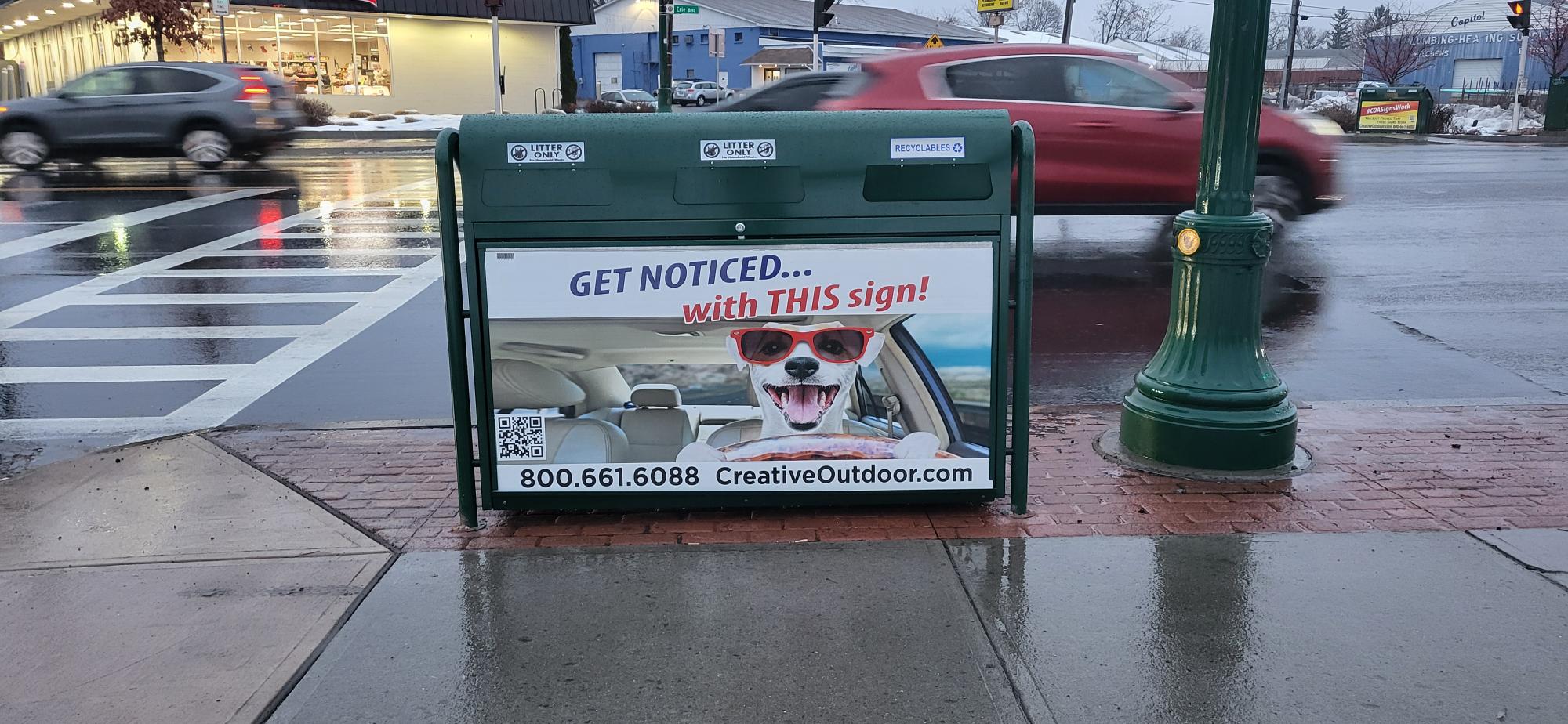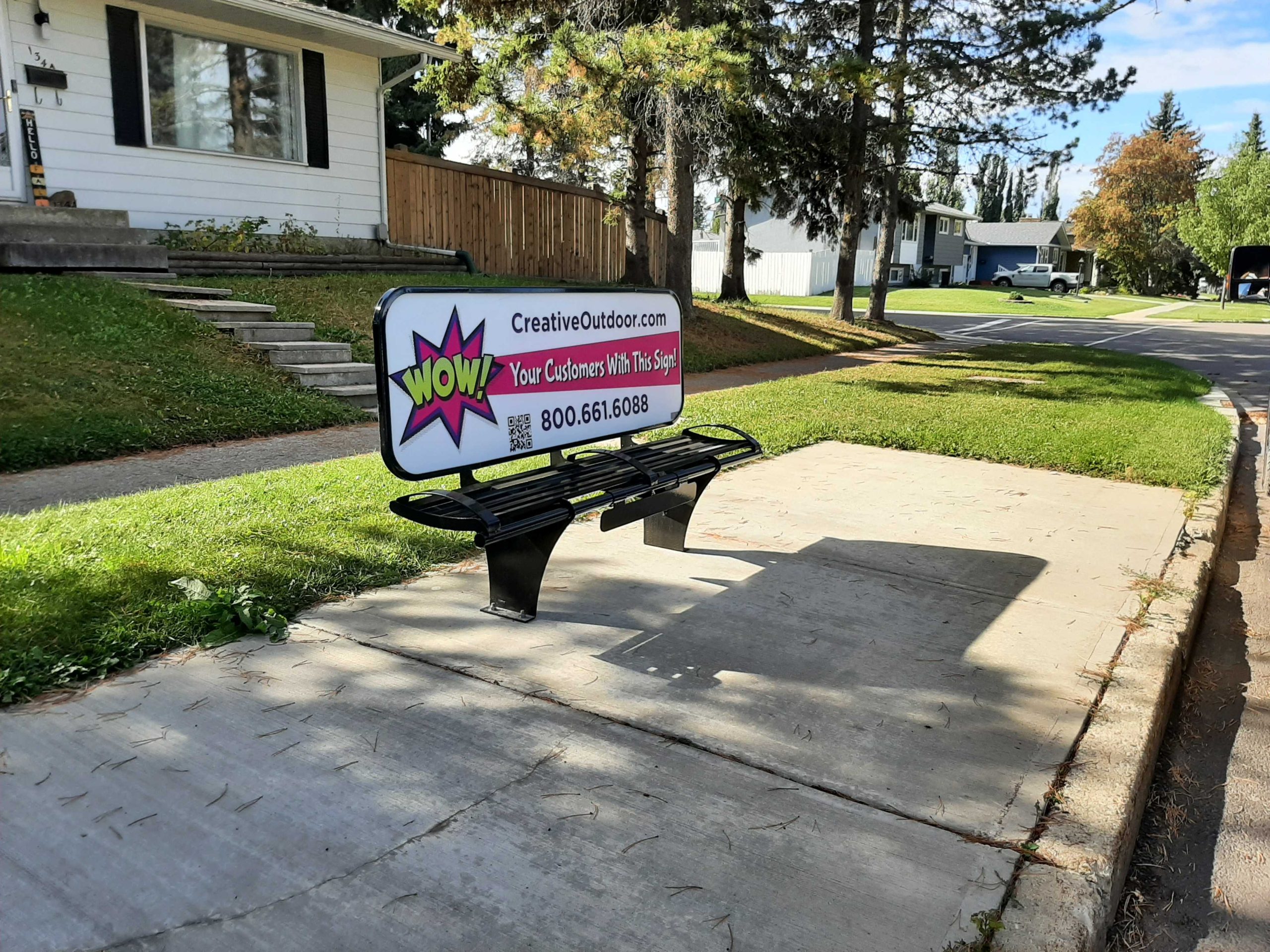As marketing has increasingly moved in a digital direction over the past two decades, a lot of myths and misconceptions have prevailed about “traditional” media channels. This is especially true for out-of-home (OOH) advertising. Many people think they know what OOH advertising is, but some perceptions are still very much stuck in the past.
The truth is, OOH has changed a lot over the past few years. So here are nine reasons you should consider allocating more budget to OOH advertising in the coming year. Hopefully, you’ll come away with an entirely new appreciation of outdoor advertising, including its ability to amplify your other traditional and digital marketing efforts in a big way.
1. OOH goes way beyond brand marketing
In the past, OOH advertising was primarily used for brand marketing campaigns — think Times Square or Sunset Boulevard, where the billboards dwarf everything around them with the splashiest possible brand advertising. However, the original focus of OOH was to drive an immediate, direct response that viewers could perform even before returning home, and it still has the power to do that. In addition, OOH can also drive offline-to-online responses, because prospects can immediately take action on their phones. A study from Nielsen found that OOH is the most effective offline medium in driving online activity – delivering four times more online activity per dollar spent than TV, radio and print. This factor gives OOH huge potential to be included in any marketing mix, not just brand advertising.
2. OOH is much more than just billboards
While billboards play a substantial role in OOH, the medium is much bigger than this particular ad format. Outdoor advertising includes a range of ad formats from murals to transport wraps, branded food packaging and street furniture such as park benches. OOH can use practically any real-world surface available, and companies employing the full range of opportunities can increase their chances of reaching an audience at multiple touchpoints during a day.
3. OOH is affordable
OOH advertising has the reputation of being expensive, but it actually offers the lowest cost per thousand impressions (CPM) of all traditional media. With an average CPM of around $5, it’s a steal compared to other options available. The belief that OOH is expensive stems from the cost of billboards in places like Times Square, but it’s the location, not the medium, that determines the price. And it’s possible to uncover high-value placements even in popular locations like Times Square if you have the right data and technology at your fingertips. For advertisers looking to drive real results in a specific geographical area, there are multiple ways to do so on any budget.
Click here to read more about 9 Good Reasons to Consider Out-of-Home Advertising


